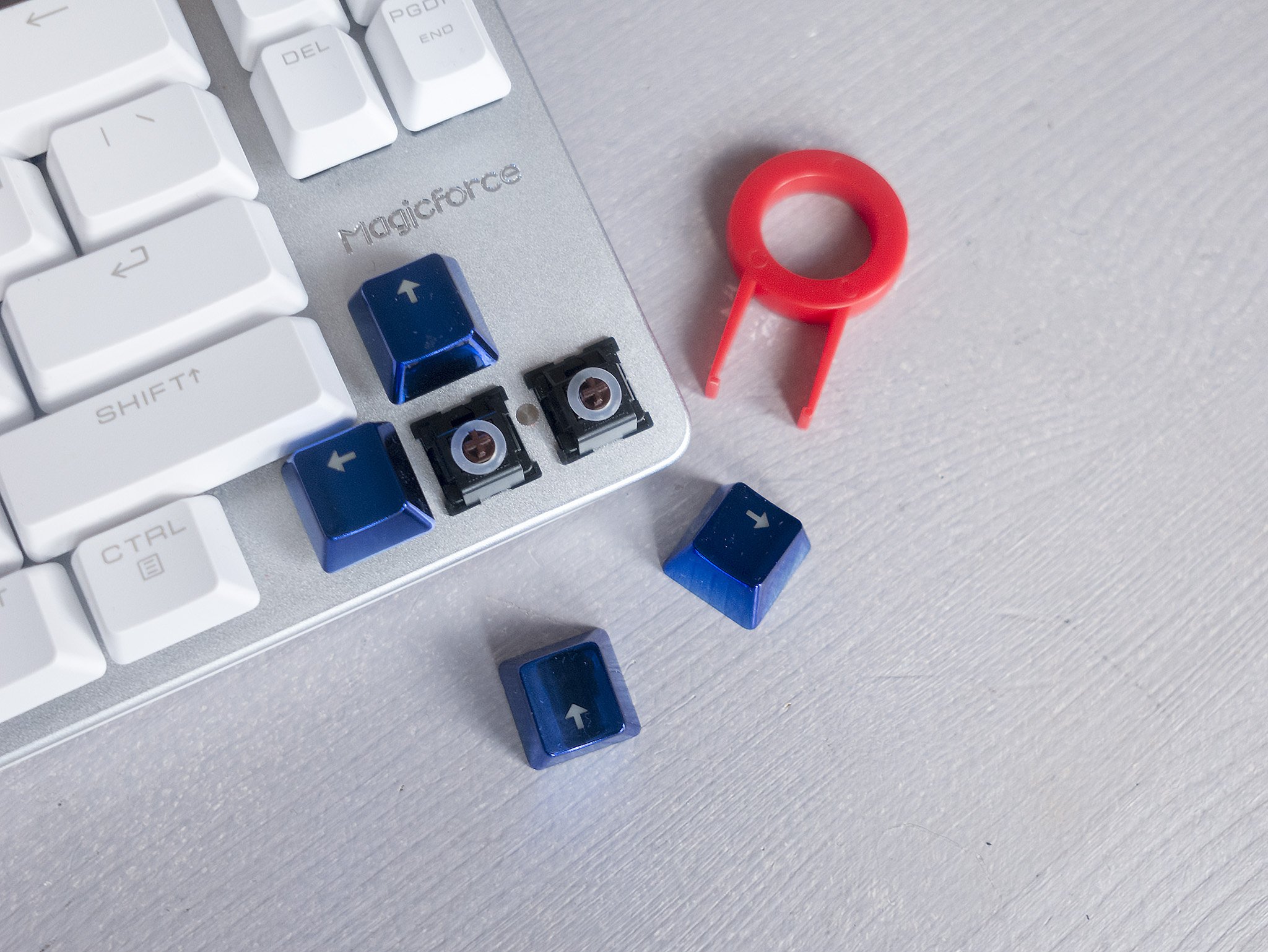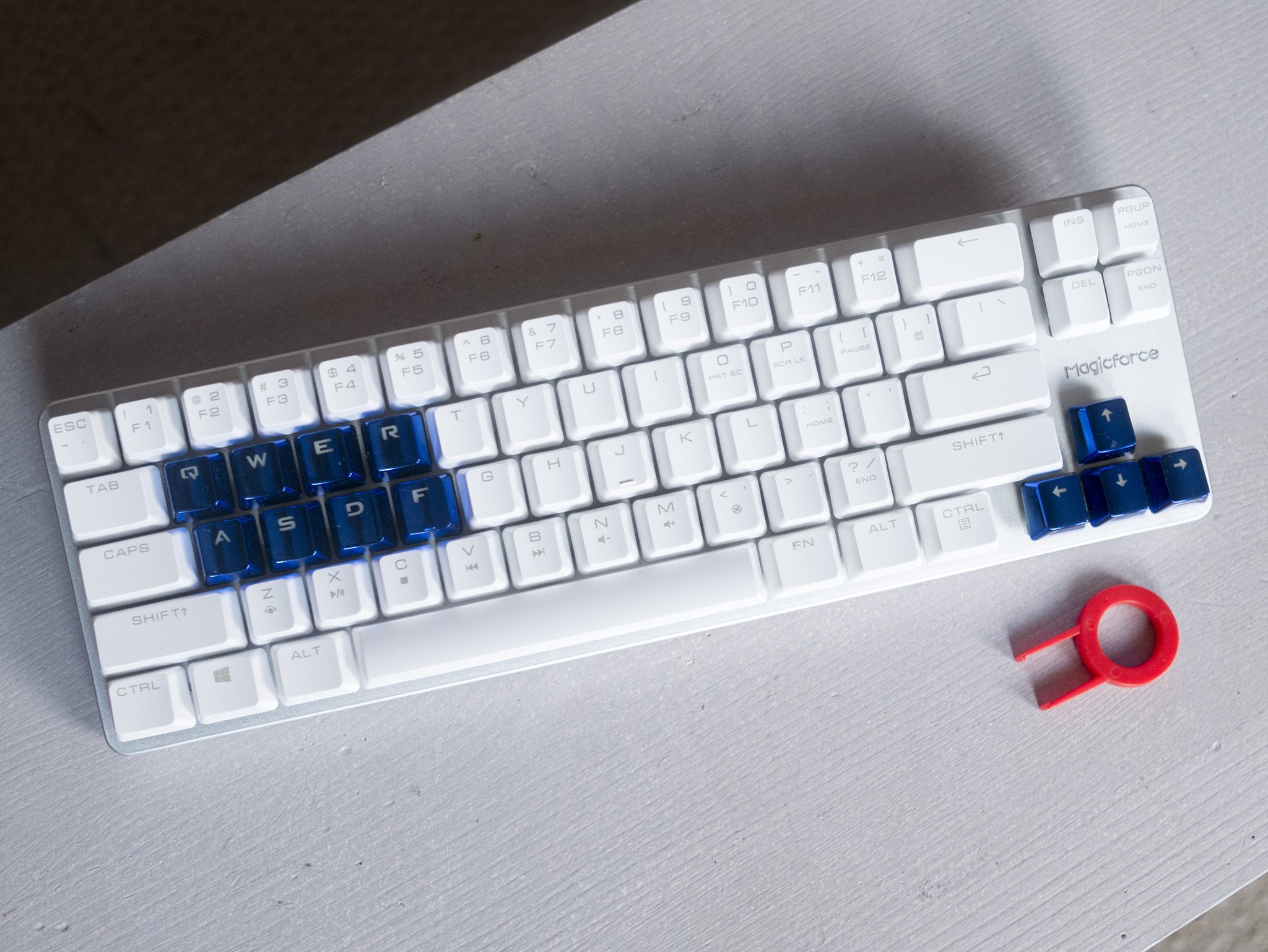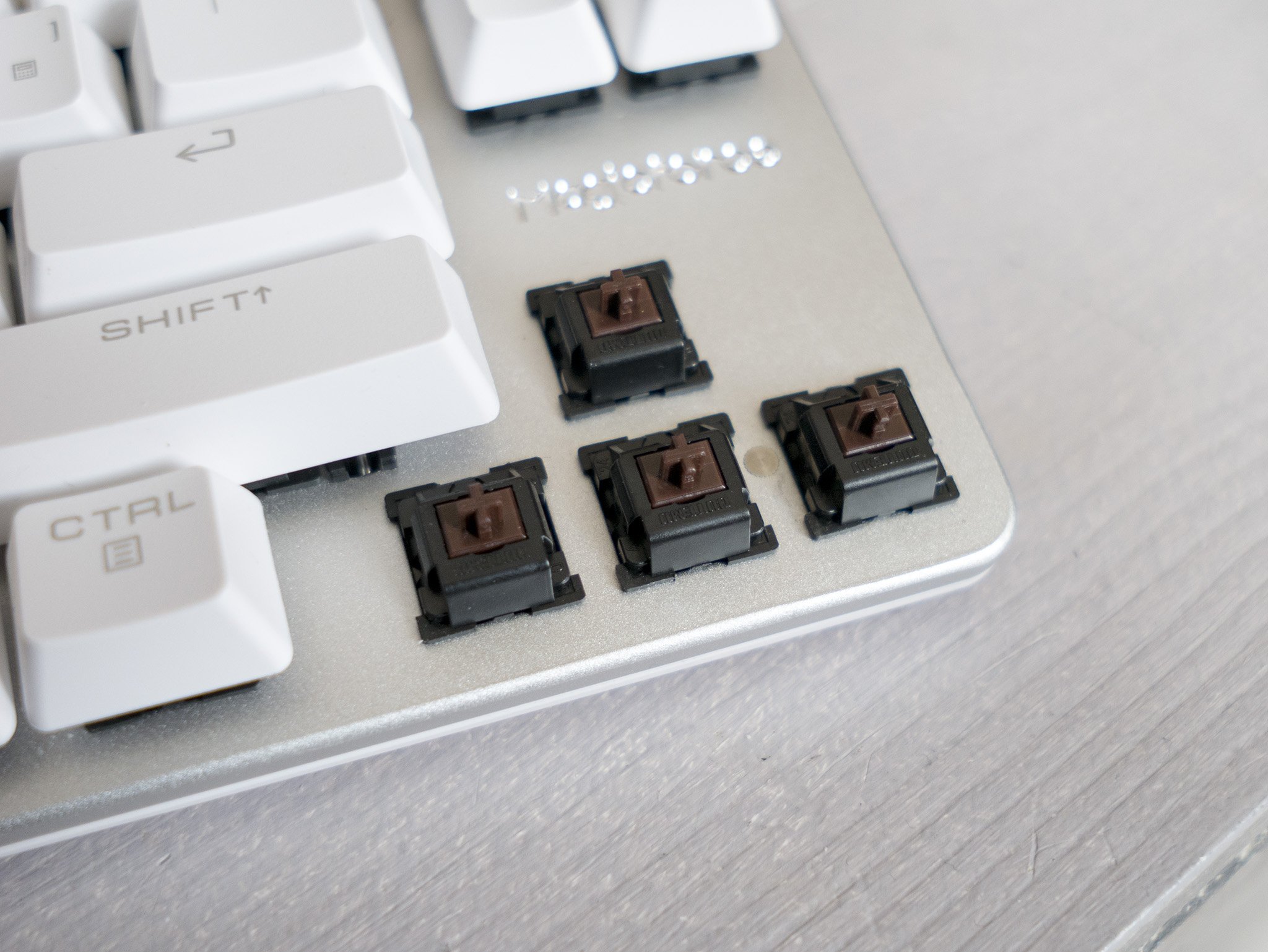How to customize your mechanical keyboard
Using your imagination and creating your own unique keyboard is easy if you know what you're doing.


Mechanical keyboards are amazing. There's nothing like the feel — and the noise — a mechanical keyboard brings to your setup. They're also customizable, which means you don't have to settle for what comes in the box.
With a few simple accessories and a little money, you can completely change the appearance of your keyboard and make it your own. For example, you might take off those stock keycaps and replace them with something a little more colorful.
What you need

Mechanical keyboards all follow the same construction style and should all adhere to a universal fitting, which means you can get hold of any third-party keycaps and they should work fine.
To switch them out all you need is:
- A set of new keycaps.
- A keycap pulling tool.
Keycaps are readily available across PC specialist retailers and on sites like Amazon. To get you started, we selected a few neat options below:
If your keyboard has LED backlighting, it's important to make sure you get a set of keycaps that have clear markings on them. Otherwise, the lighting won't shine through.
Swapping out

It's ridiculously easy to achieve your new look in just a few steps:
All the latest news, reviews, and guides for Windows and Xbox diehards.
- Place the keycap pulling tool around the key you want to remove.
- Make sure both sides click into place below the keycap.
- Pull up.
- To place a new keycap on, simply line it up and push down firmly.
The key to success is to go one key at a time, so you never get lost. You can make as many or as few changes as you'd like to create the look you want. You might just want to highlight the gaming keys on your keyboard around the WASD area, for example, and kits are available with just those. This is a more cost-effective approach than buying a full set.
If you're really brave ...
The really brave out there can get even more creative by dyeing the keycaps themselves. Obviously, this is a more time-intensive process than buying a pre-made kit, but it's a way you can get a truly unique look.
The video below shares one modder's experience doing just this. But it's certainly not for the feint of heart.
Adding dampeners
If you want to change the sound of your keyboard, to make it a little quieter, when you're swapping your keys you can slip on some dampeners.
These are simply affordable, small rubber rings that sit over the switch and beneath the keycap. The end result is a softer sound, hence the dampening.
These are just a few ways to change up your mechanical keyboard, but there are plenty of other changes you can make, as well. A great resource to keep handy is the mechanical keyboards subreddit thread, where you'll find valuable ideas and expertise.
Check out r/MechanicalKeyboards on Reddit
Your tips
If you're an old hand at keyboard customization, share some of your tips in the comments.

Richard Devine is a Managing Editor at Windows Central with over a decade of experience. A former Project Manager and long-term tech addict, he joined Mobile Nations in 2011 and has been found on Android Central and iMore as well as Windows Central. Currently, you'll find him steering the site's coverage of all manner of PC hardware and reviews. Find him on Mastodon at mstdn.social/@richdevine
